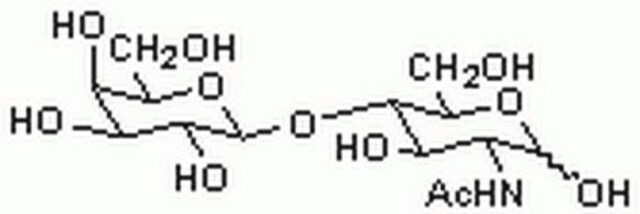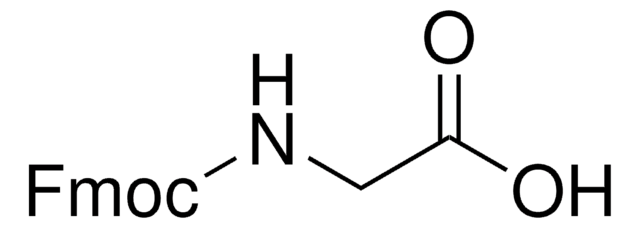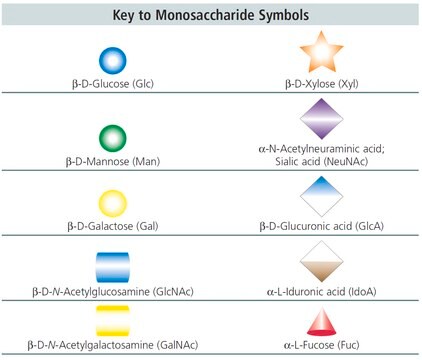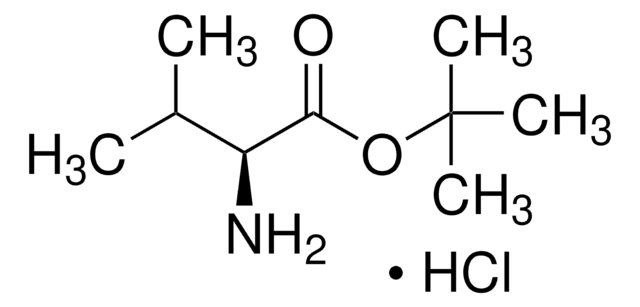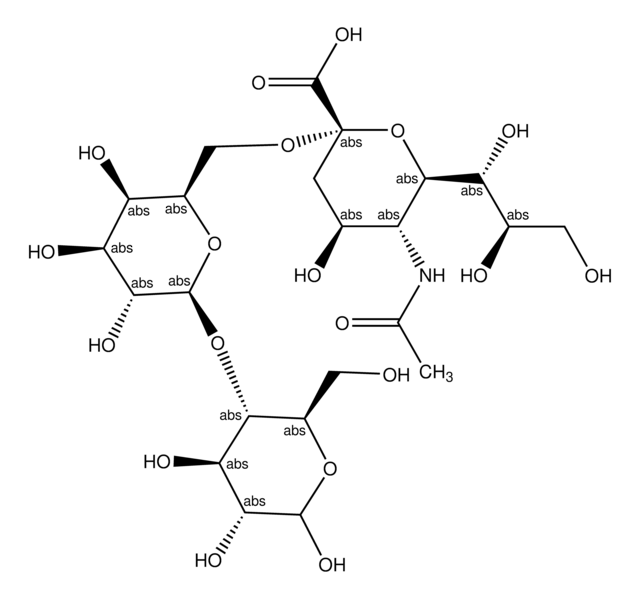A0167
Galacto-N-biose
Sinónimos:
β-D-Gal-(1→3)-D-GalNAc, 2-Acetamido-2-deoxy-3-O-β-D-galactopyranosyl-D-galactopyranose, T Antigen
About This Item
Productos recomendados
assay
≥98% (TLC)
form
powder
technique(s)
thin layer chromatography (TLC): suitable
storage temp.
−20°C
SMILES string
CC(=O)N[C@H]1[C@H](O)O[C@H](CO)[C@H](O)[C@@H]1O[C@@H]2O[C@H](CO)[C@H](O)[C@H](O)[C@H]2O
InChI
1S/C14H25NO11/c1-4(18)15-7-12(9(20)6(3-17)24-13(7)23)26-14-11(22)10(21)8(19)5(2-16)25-14/h5-14,16-17,19-23H,2-3H2,1H3,(H,15,18)/t5-,6-,7-,8+,9+,10+,11-,12-,13-,14+/m1/s1
InChI key
HMQPEDMEOBLSQB-UFLFEMAHSA-N
Application
Substrates
Other Notes
Storage Class
11 - Combustible Solids
wgk_germany
WGK 3
flash_point_f
Not applicable
flash_point_c
Not applicable
ppe
Eyeshields, Gloves, type N95 (US)
Elija entre una de las versiones más recientes:
¿Ya tiene este producto?
Encuentre la documentación para los productos que ha comprado recientemente en la Biblioteca de documentos.
Los clientes también vieron
Artículos
O-Glycans
Nuestro equipo de científicos tiene experiencia en todas las áreas de investigación: Ciencias de la vida, Ciencia de los materiales, Síntesis química, Cromatografía, Analítica y muchas otras.
Póngase en contacto con el Servicio técnico